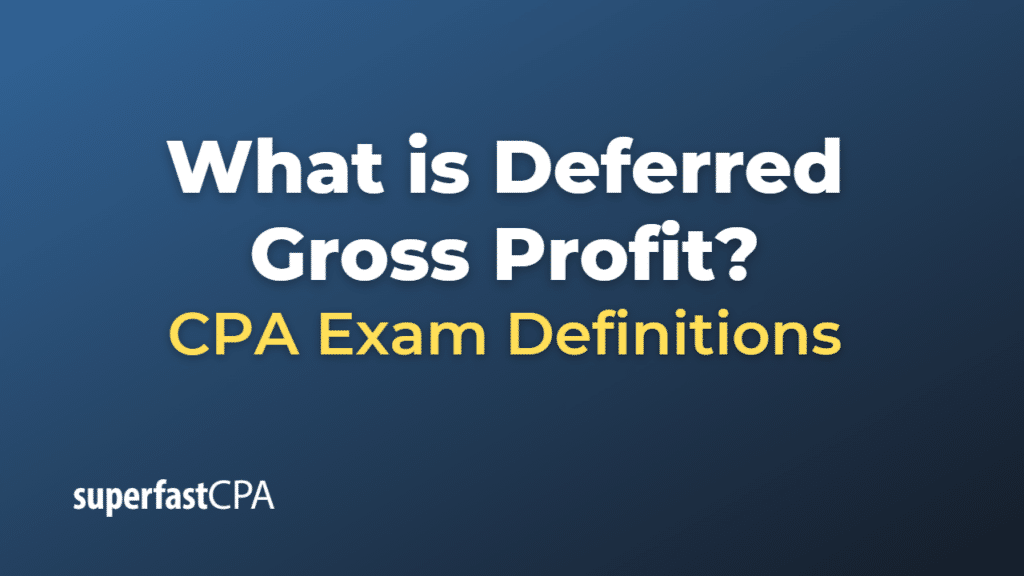Deferred Gross Profit
Deferred gross profit is an accounting concept that is often encountered in long-term construction contracts and installment sales. It refers to the portion of gross profit that is not yet recognized on the income statement because the earnings process is not complete.
For long-term construction contracts using the percentage-of-completion method, gross profit is recognized in proportion to the percentage of the project completed during the period. The remaining, or deferred, gross profit will be recognized in future periods as more work is completed.
In the case of installment sales, deferred gross profit is the profit from sales where the cash has not yet been collected, or collection is uncertain. The gross profit is deferred and recognized as revenue only when the cash is collected.
Deferred gross profit is reported as a liability on the balance sheet until it is earned, at which point it is recognized as revenue on the income statement. This is in line with the revenue recognition principle which states that revenue should only be recognized when it is earned.
Example of Deferred Gross Profit
Let’s consider an example involving an installment sale, which is a common situation where deferred gross profit is used.
Suppose a furniture company sells a custom-made sofa for $5,000 in an installment sale, with payments to be made over the next 5 years. The cost of producing the sofa was $3,000, resulting in a gross profit of $2,000 on the sale ($5,000 selling price – $3,000 cost).
However, since the company will not receive all the cash from the sale immediately, it can’t recognize the entire $2,000 gross profit right away. Instead, it will recognize a portion of the gross profit each year as it receives installment payments.
Let’s say the customer pays $1,000 (20% of the total price) in the first year. The company would recognize 20% of the gross profit, or $400 ($2,000 gross profit * 20%), in the first year.
The remaining $1,600 ($2,000 – $400) of gross profit is deferred gross profit. This amount is reported as a liability on the balance sheet until it is earned, i.e., until more installment payments are received.
In the second year, if the customer pays another $1,000, the company would recognize another $400 of gross profit, reducing the deferred gross profit to $1,200 ($1,600 – $400).
This process continues until all installment payments are received and all the gross profit has been recognized.













